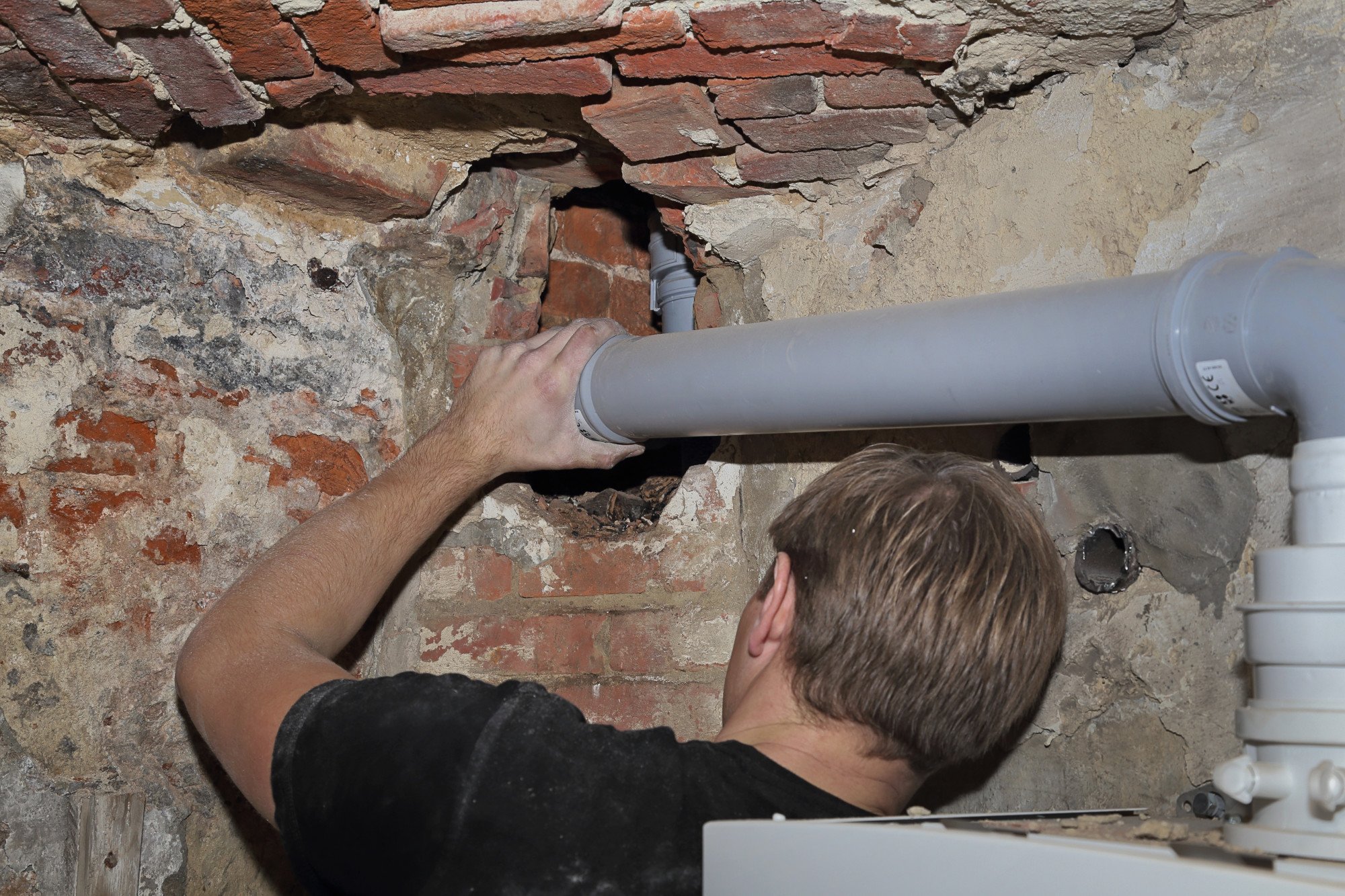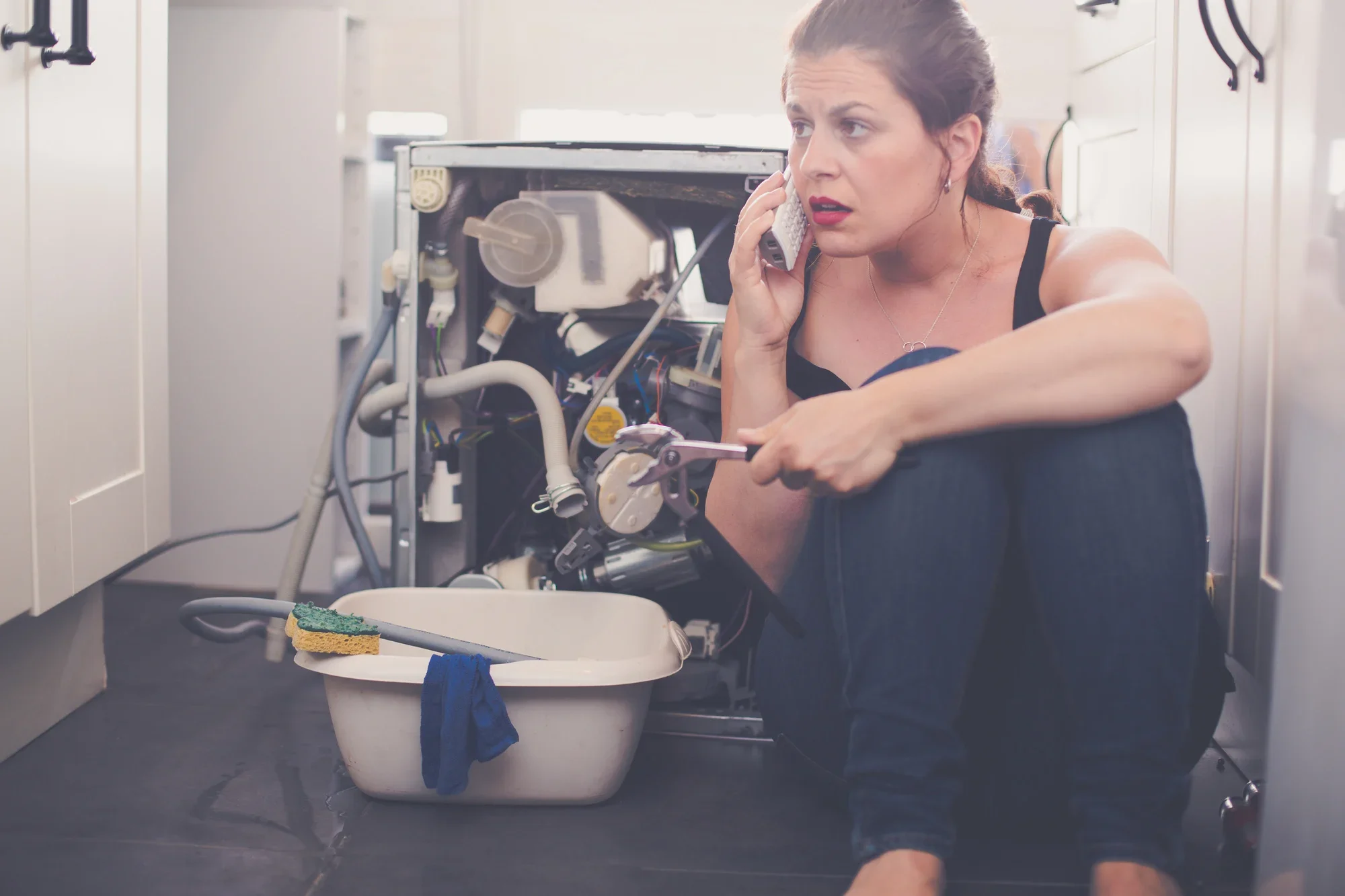Your toilet is clogged once again. You’ve tried plunging it but, unfortunately, your plunger isn’t quite getting the job done. So, you’re wondering: is it you or the plunger?
In all likelihood, the plunger is the problem. See, not all plungers are created equal. Some are much better equipped to unclog plugged toilets.
Wondering about the best toilet plunger for your bathroom? Then read on because we’re going to help you find it below. Let’s discuss the different types of plungers for residential bathrooms.
The Different Types of Toilet Plungers
There are 3 primary types of toilet plungers. We’ll discuss these in detail below, helping you find the right one for your purposes.
Flat Plunger
First, we’ll discuss the flat plunger. This is the standard plunger that you’ll find in the vast majority of bathrooms. It typically consists of a wooden stick with a pink suction cup attached to it.
The issue with this plunger, however, is that it sits flat against the drains that it’s trying to plunge. This works fine for sinks and showers, as their drains sit on flat surfaces. It doesn’t, however, work well for toilets, as toilet drains are curved in shape.
We advise keeping a flat plunger around for when your drains experience clogs. However, it shouldn’t necessarily be the plunger you use on your toilet. There are better options available.
Flange Plunger
Next up is the flange plunger. This is one of the best types of plungers to use on a toilet. It not only possesses an outer suction cup but a smaller flap that inserts into the toilet’s flush hole.
This additional flap is hugely important, as it enables the plunger to form fit against the contours of the toilet. This allows for optimal suction and therefore optimal plunging as well.
While these aren’t as easy to use on sink and tub drains, they can still get by in a pinch.
Accordion Plunger
Perhaps the best type of plunger to use on a toilet is the accordion plunger. This is made entirely out of hard plastic and contains an accordion-like entity that provides substantial amounts of suction. Accordion plungers fit directly into toilets’ drain holes, offering a tight seal during the plunging process.
One downside to these is that they require some strength to utilize properly. However, if you’re capable of using them properly, they will offer the best results.
Note that accordion plungers aren’t great for use on flat drains. If you purchase an accordion plunger, you should also consider purchasing a flat plunger as well.
How to Plunge a Toilet Properly
Now that we’ve discussed the different types of plungers, let’s discuss how to plunge a toilet properly. We’ll detail each step while noting the discrepancies between the different types of plungers.
Create Suction
First and foremost, you need to create suction. Place the plunger over the toilet’s drain hole so that the drain hole is in the center of the plunger. Then, once it’s there, press down on the plunger so that it seals against the surface of the toilet.
Flange and accordion plungers will create tight seals against the toilet. Flat plungers, on the other hand, will only provide partial suction. This is why you’re advised not to use them on toilets.
Ensure That There’s Water Above the Seal
Next, you need to ensure that there’s water above the seal that the plunger created with the toilet. The more water there is above it, the tighter the seal will be. Without water above the seal, the seal won’t truly seal at all.
Note that accordion plungers might need a little more water than flat and flange plungers. This is because their suction mechanisms stick out a little further.
Plunge Directly Up and Down
Once the seal has been created, you need to start plunging. This should not be done at an angle. Instead, the plunger should point directly up and down. If you do attempt to do this at an angle, the seal won’t hold and your plunging efforts won’t be a success.
Regardless of the type of plunger you’re using, you shouldn’t break the seal that’s created between the plunger and the toilet. It needs to remain in place throughout.
With a flat plunger, you should try to lift up as little as possible. With a flange plunger, you get a little more wiggle room. With an accordion plunger, you can lift up high to provide optimal suction.
Pull Away the Seal
After 5 to 10 plunges, you should pull the seal away from the toilet. If the plunge was facilitated properly and strongly enough, the water above the plunger will go rushing down into the drain below. At that point, the plunge will have been a success.
Note, though, that you might have to do this several times. Plunging a toilet is not always a simple task. If you can’t get your toilet to drain, even after minutes of plunging, you might need the assistance of a professional plumber.
Time to Find the Best Toilet Plunger for Your Needs
We just discussed the different toilet plungers that are available to you. Now, it’s time for you to find the best toilet plunger for your needs. Whether it’s online, in a big box store, or in a home improvement store, you should be able to find a huge selection of high-quality plungers.
Dealing with frequently clogged toilets? If so, you might need the help of a professional plumber. If this is the case and if you’re in the Boise area, look no further than Master Plumbing.
Contact us today to discuss your plumbing needs!



